
How high should your office chair be
A chair's sitting height is one of the most important aspects to consider when purchasing a new office chair. While a mechanism allows for the height of a chair to be adjusted on most office chairs, you also have to make sure that the chair is suitable and fits in your workspace.
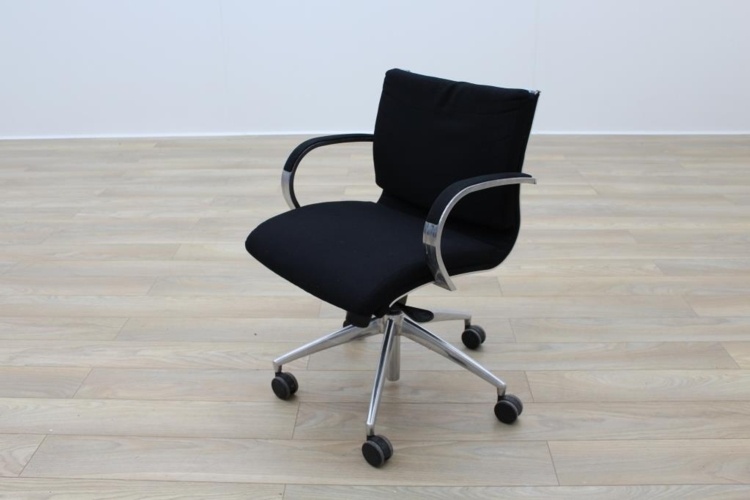
The importance of proper office chair height is often disregarded. A seat height that is too low causes straining of the neck and shoulder muscle strains due to the elevation of the shoulders, which also leads to a number of other issues. On the other hand, you won't be able to fit your legs under your table if your chair is too high up, causing poor posture, hence shoulder and neck issues. This basically means that you are going to end up injuring yourself, in the long run, if your chair isn't the correct height.
Choosing the ideal office chair height
According to traditional ergonomics, the optimum height of an office chair puts your knees at a 90 - degree angle. Whether you're buying a brand new or second-hand chair, the seat height must be able to reach the back of your knees if your feet are touching the ground.
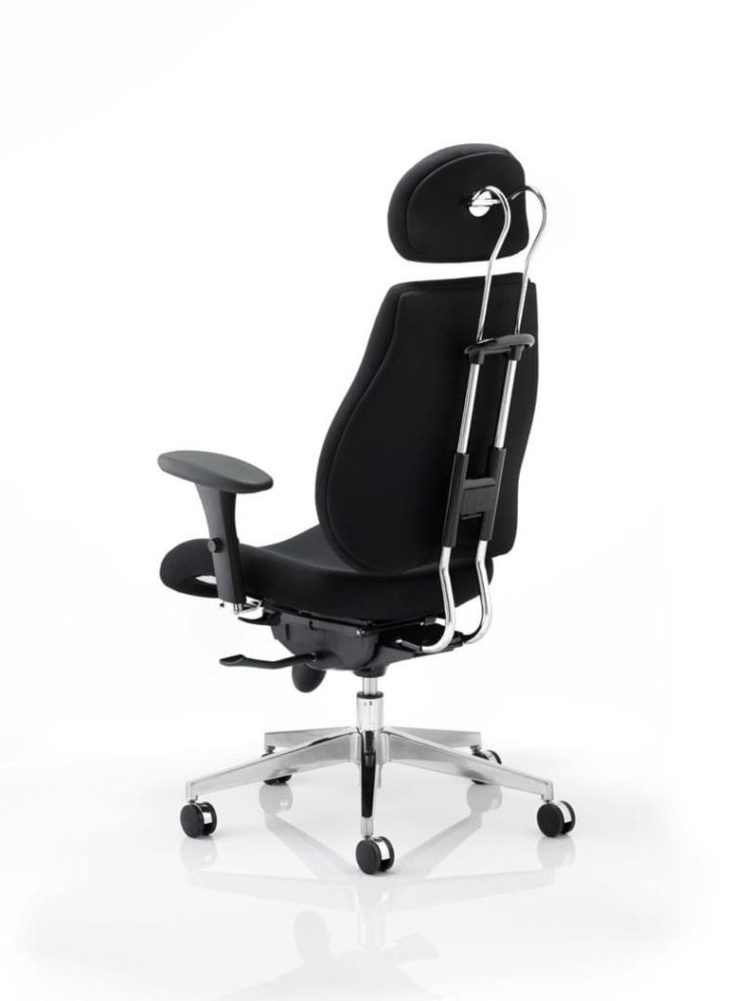
The size of the chair that you get is solely based on the work surface that you are planning on working from. If you are regularly changing the height at which you are working, you will need to have a gas stem, which allows you to change the seat's height.
The height variable for gas stem office chairs is often quite wide and the standard height options are able to accommodate the standard office chair height requirements of most people. However, it is always advisable to measure beforehand if you are not sure.
From an ergonomic standpoint, sitting on a chair that is at optimized height allows you to significantly reduce the negative effects on your neck, shoulders, arms, and thighs. To better explain the ideal chair height, here is what you should look like when seated on an office chair.
- Knees should be bent at 90 degrees and both feet firmly touching the ground.
- When working on a computer, your forearms are parallel to the desk and at the same height. Your elbows should assume 90-110 degrees open-angle.
The right desk height
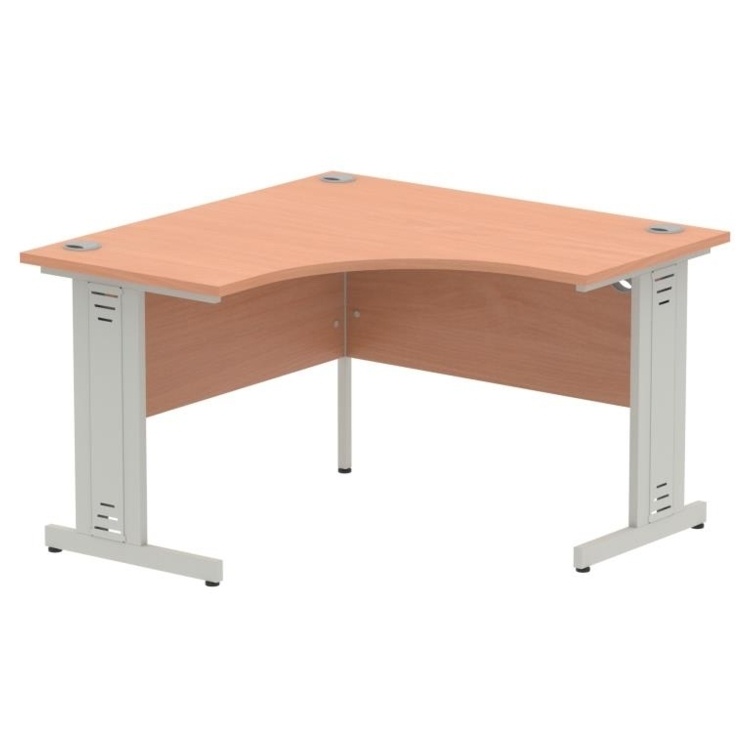
You should be able to sit as close to your desk as you feel and your two feet should also be able to fit underneath if you are seated correctly. If your hands are higher than your elbows, then that may mean that either your chair height is too low or your desk is too high.
You can use a footing or footrest or raise the height of your seat in order to bring up your feet to a more comfortable resting position. Alternatively, you can use a keyboard tray that is usually attached underneath the desk to lower your work surface.
If you cannot get underneath your desk comfortably, that means it is too low, you should therefore consider placing risers underneath it so it can be raised up to the correct height.
Sit-stand desks and high tables
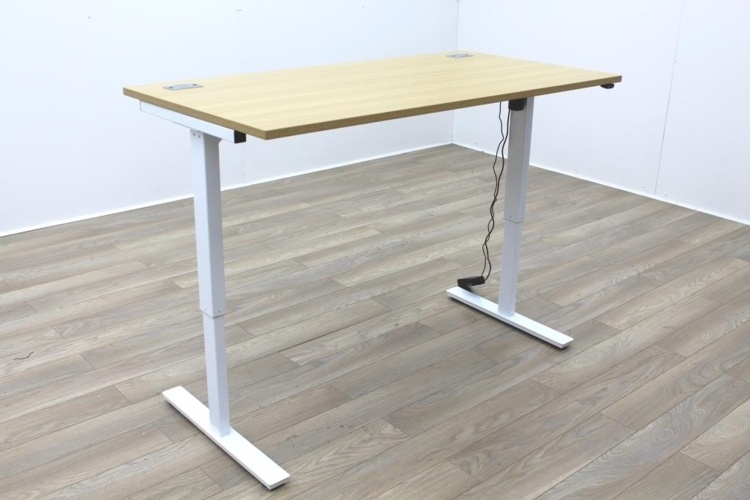
If your workspace is particularly high but you still want to use a high-performance office chair, then higher gas stems are a good option for you since they allow for stability while working at a higher range. Here, a chair with a footing would best suit you since it allows you to maintain a comfortable sitting position without your legs dangling.
Higher gas stem options are also recommended for you if you are working with a sit-stand desk since you are not limited when it comes to your seat height. With this, you can also perch on the edge of your chair, not fully seated yet not fully standing. This is yet another posture that you can add to your daily work routine to help in maintaining a healthy balance of seating positions.
Worksurface height setting for non-office work
If you are doing non-office work such as laboratory work or precision assembly, some of the requirements above may not apply to you.
Since laboratory work or precision assembly typically requires a higher work surface while heavy assembly requires a lower work surface, Medical, Laboratory, and Industrial chairs generally cater for this type of work.
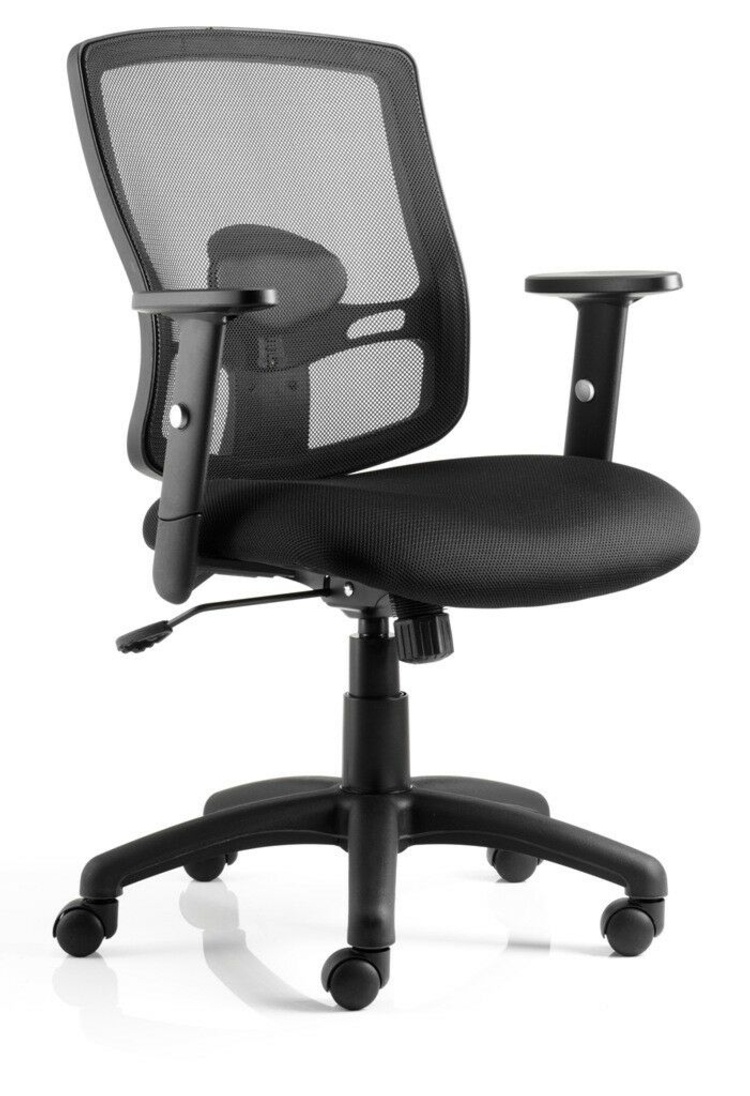
How to adjust the height of an office chair
- Move your chair away from the desk.
- Sit with your back properly positioned against the backrest of the chair.
- If you can place both your feet flat on the floor with your knees slightly lower than the level of your hips, then the chair is of the correct height.
- Move the chair towards the desk.
- Your elbows should be bent at approximately 90-degrees with your arms resting on the desk.
- If the angle of your elbows is more than 90-degrees, then the desk is too low and you should raise the height of the desk or lower your seat.
- If the angle is less than 90-degrees, this means the desk is too high and you should therefore raise the height of the chair and also use a footrest to prevent strain. Your feet SHOULD NOT dangle in the air.
Having your seat at the right height is actually more important than you may think. Different office chairs come with different height ranges so you should find the one that best suits you. You should also pay mind to your posture and ensure things such as feet position and elbows form are considered. With this guide, you should be able to choose an office chair that will allow you to work efficiently and comfortably.
